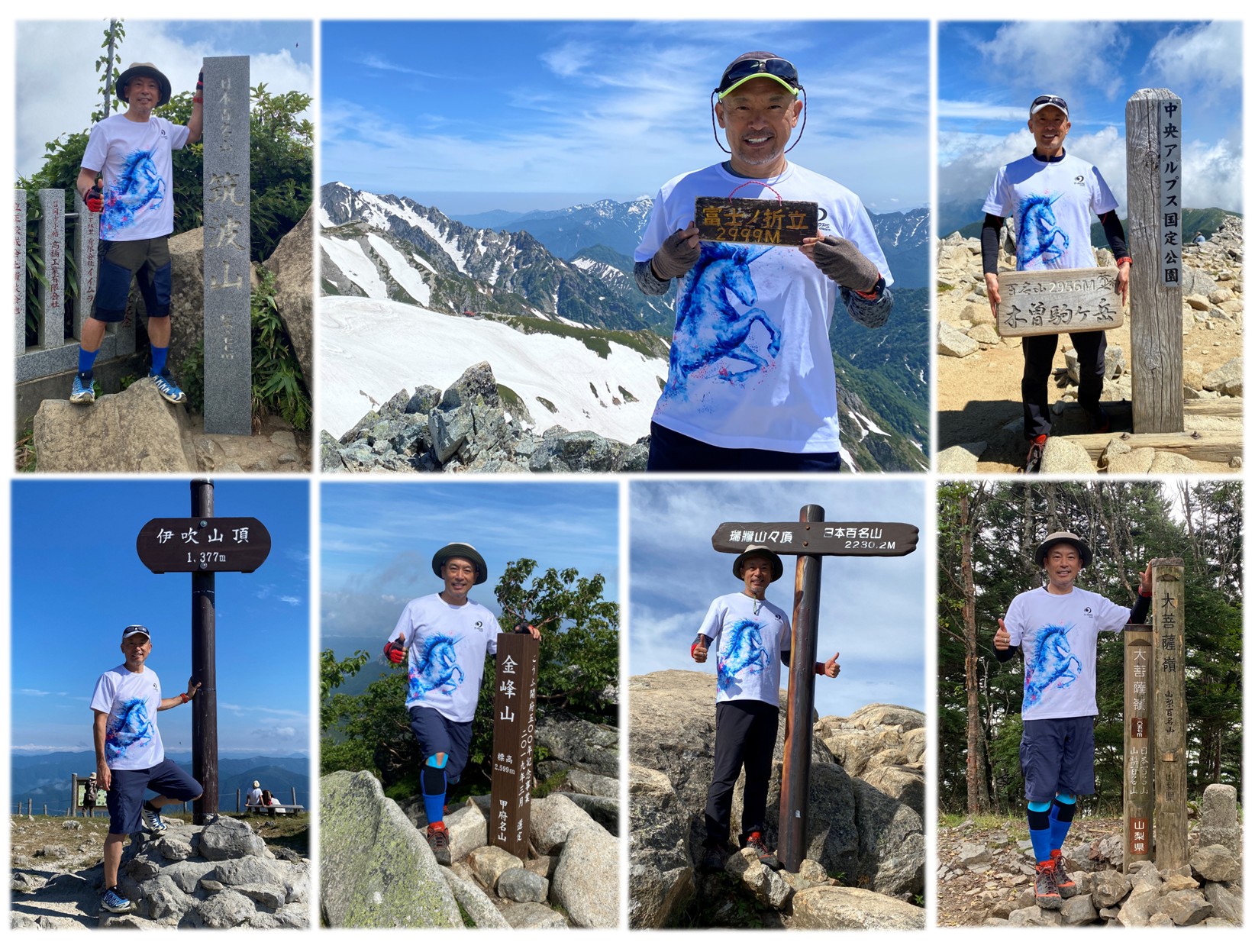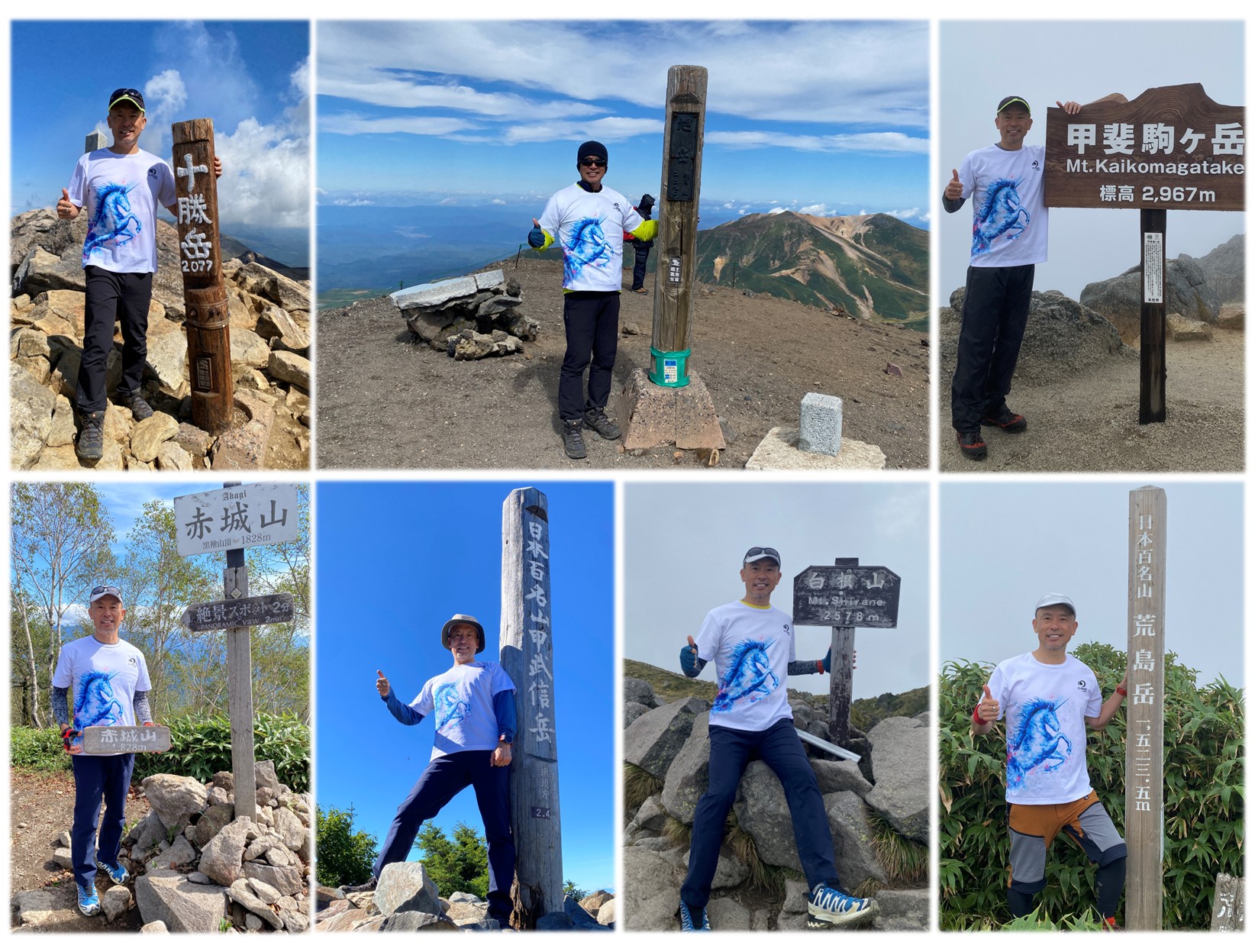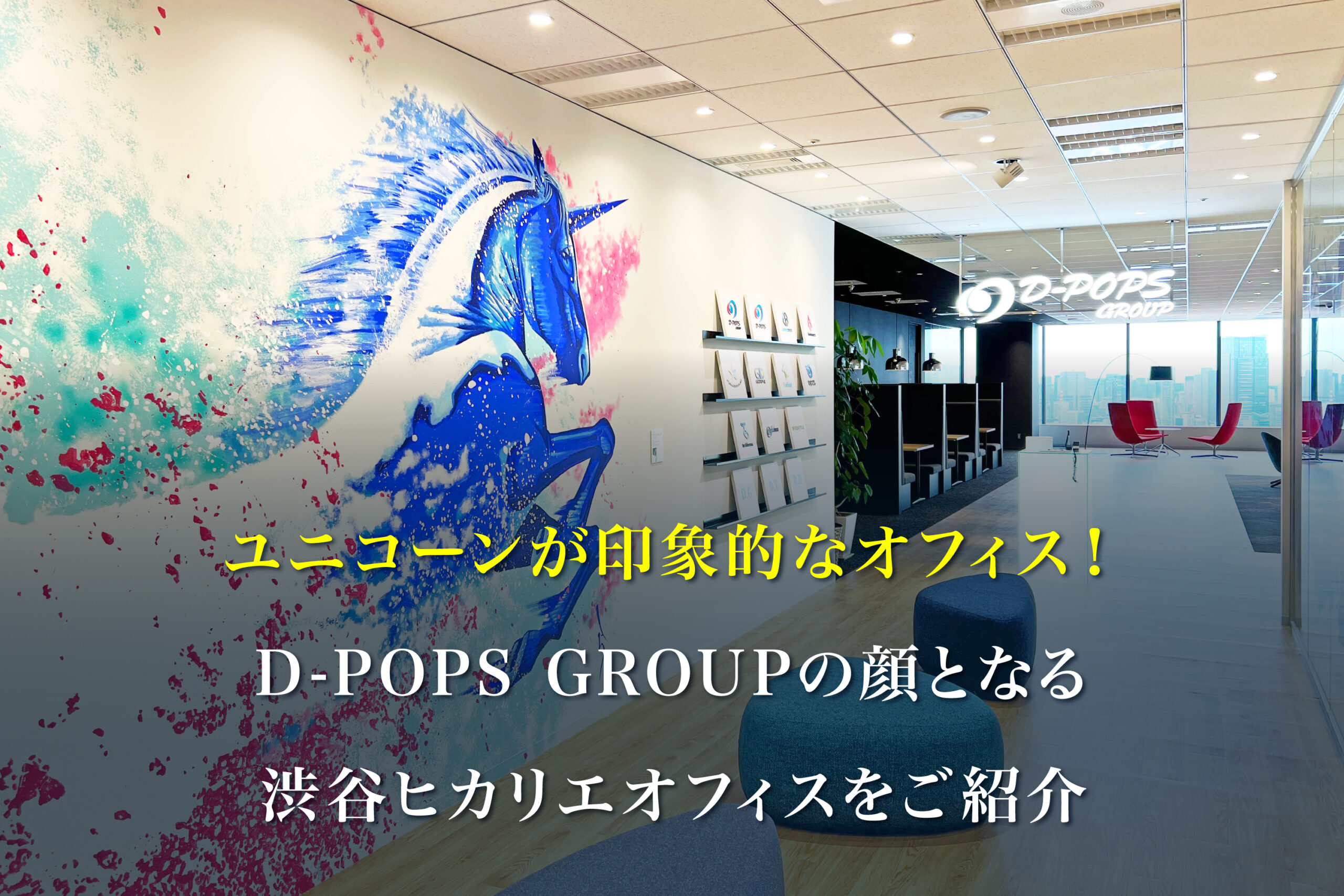
At D-POPS GROUP, we understand a “Venture Ecosystem” to be a dynamic platform that enhances the growth and sustainability of a community of enterprises. United by a shared identity and philosophy, these companies continuously innovate to address critical social challenges through groundbreaking business models. We are committed to making this ideal a reality through daily strategic efforts and unwavering dedication.
*Please check out this page for more details: Venture Ecosystem: A Platform for Growth and Sustainability
In this article, we’ll look at the parallels between managing a startup company and mountaineering. Specifically, the mindset required, the importance of accumulating steady steps, and how to deal with risk.
1. Similarities Between Mountaineering and Business Management
When you stand at the foot of a large mountain you’re about to climb, you instinctively hold their breath. The sheer height of the summit, the distance to it, and the ruggedness of the terrain stir the heart. It’s an indescribable feeling—a mix of anticipation, anxiety, excitement, and fear. The Japanese term musha-burui (a warrior’s trembling before the start of a battle) perfectly captures this sensation.
However, once you start walking, the summit quickly disappears from view. What you see instead are the rocks at your feet, wet tree roots, diverging paths, and steep slopes. You adjust your pace to avoid exhaustion, focus on your breathing, and accumulate one careful step after another. Simultaneously, you remain on the lookout for sudden weather changes or sounds from the bushes.
Mountaineering is a progressive series of unassuming, unspectacular endeavors, while also being accompanied by significant danger.
This is very similar to founding a company or working at a startup company. While pursuing a grand vision to solve a societal issue, the day-to-day work is often unglamorous, unpredictable, and complicated, and carries the weight of staking your whole life on a venture that may or may not survive.
These six examples illustrate the similarities between mountaineering and management.
(1) Mountaineering: Preparation → Management: Vision Setting
Mountaineering is not possible to do without preparation. You decide which mountain to ascend, study maps, determine the route, and procure the equipment and physical strength necessary for the climb. In management terms, this equates to setting a vision, collecting capital and information, and assembling the development team and sales structure for your product.
(2) Mountaineering: Party → Management: Team Formation
The presence of companions is also crucial in mountaineering. Ideally, you climb together with people who have similar stamina and share your mountaineering style and goals. This closely mirrors the team building essential in startups and new businesses, so they say deciding “who to put on the bus first” is critical.
(3) Mountaineering: Understanding the Surrounding Environment → Management: Responding to Market Changes
While climbing, you must constantly monitor your surroundings for sudden shifts in the weather, unstable rocky paths, or turns that are easy to miss. In business operations, these correspond to “environmental variables” such as market fluctuations, competitor movements, and easily overlooked product defects or customer feedback.
(4) Mountaineering: Knowing Your Current Position → Management: Tracking KPIs
During the execution phase, knowing your current position is also critical. You need to accurately determine your current location and altitude using a GPS, and check your heart rate, perspiration levels, and sometimes even your blood oxygen saturation. In management, this is equivalent to checking KPIs and financial data and monitoring the well-being of your team members.
(5) Mountaineering: Courageous Retreat → Management: Business Withdrawal or Pivot
If you determine that continuing to climb is no longer feasible due to changes in the external environment, limits to your physical stamina, or sustaining an injury, one option is to turn back down the mountain. In management, this looks like a business withdrawal, downsizing, or a pivot. When leaders choose one of these options, it can protect lives, shareholders, and team members, and even sometimes lead to greater success later on.
(6) Tenacious Spirit
Finally, the boldness to challenge oneself, an unyielding spirit, and perseverance are essential in both mountaineering and startup company management. Although this may seem contradictory to the “courageous retreat” or “business withdrawal” mentioned in the previous point, there are many situations where the failure or success of your business entirely depends on whether you think to yourself “I can’t go on” or “Just one more step”. This mindset is a vital component of operating a startup company.
| Mountaineering | Business Management |
| Vision-Setting and Preparation Phase | |
| Decide which mountain to summit | Set the company’s vision and goals |
| Train up the necessary physical fitness | Acquire fundamental work skills |
| Prepare the necessary gear for the climb | Prepare management resources and capital |
| Form a climbing party | Gather partners with the same philosophies |
| Execution Phase | |
| Accumulation of steps, one by one | Accumulation of routine daily efforts |
| Pay attention to the weather and terrain | Pay attention to environmental variables |
| Track your current location with a compass | Track business KPIs |
| Judge when it’s time to turn back | Judge when it’s time to pivot or withdraw |
| Overcome the difficult trail to reach the top | Overcome difficulties to achieve your goals |
| Safely descend the mountain | Properly reflect and review performance |
| Growth Phase | |
| Aim for an even taller mountain | Take on the next business challenge |
2. The Big Difference Between Theory and Practice
Today, we are constantly being bombarded with information. Countless texts are being published, including autobiographies and “how-to” guides from business leaders, marketing books, and MBA-related textbooks. Learning about and discussing these intense experiences can sometimes create the illusion that we ourselves took part in them somehow. It’s certainly not useless to gain business operation knowledge from books. However, reading these concepts and stories is only the equivalent of reading information about a mountain or looking at a tall mountain from our mountaineering analogy.
So, what constitutes “the experience of climbing”?
It’s simply climbing—even a familiar mountain like Mount Takao—one step at a time with your own feet, breaking a sweat, losing your breath, and taking in the view from the summit with your own eyes until your very skin can feel it. It’s getting caught in the rain, getting lost, enduring pain in your feet, and still moving forward. It’s in these moments that you develop the strength to push yourself with just a little more effort and the guts to say, “This is as far as we go today” and turn back. These emotions and decision-making skills can never be gained just by reading a book.
This very experience is what we compare to starting with the small things on the job.
The accumulation of practical, small-scale tasks—like customer acquisition, sales channel development, new business launches, and hiring—is like continuing to go on small climbs, until eventually you build up the muscle and judgment needed to summit a major mountain.
The information in your head and the feelings you internalize through your body are completely different things. We can never become true business leaders with knowledge alone. However, by continually climbing small mountains in our daily work, we eventually gain the strength to tackle the mountain of a major business venture, and our unceasing efforts eventually lead us to success.
Even the most monumental achievement begins with a single, tiny step, and it is only through the accumulation of these steps that it is ever realized.
3. How to Train Your Mountaineering Feet and Business Skills
There is a saying among mountaineers: “Mountain feet can only be trained on the mountain.” The same is true in business operations. Professional ability can never be enhanced through desk-based learning alone.
(1) The Difference Between Gym Training and Mountain Training
You cannot get authentic mountaineering feet by walking flat roads for dozens of kilometers, running on a treadmill at the gym, or lifting weights.
A mountain trail isn’t just a flat path. You might slip on tree roots or fine gravel and injure your hand, sprain your ankle on a loose rock, or sometimes even fall and suffer a major injury. The act of continuously ascending a steep slope for hundreds of meters or scrambling up and down a rocky peak puts a unique strain on the body that you cannot get from repeating squats in a gym or climbing flights of stairs in a city building.
It is through the repeated experience of climbing various mountains under diverse conditions that your core strength and cardiovascular function gradually adapt and are trained for the mountain. Only then will you truly have the mountaineering feet that no amount of gym training can provide.
(2) Job Skills Can Only Be Enhanced on the Job
The same principle applies to business capability.
A consultant can draw a beautiful and perfect business strategy plan using management theory, SWOT analysis, and market research. If you attend business school, you might learn many theories and success stories, and perhaps even participate in negotiation role-playing exercises.
However, this is merely the gym training mentioned in our climbing analogy.
The despair when a client contract negotiation falls apart at the last minute, contrasted with the joy of successfully concluding a deal by having foreseen and avoided the exact cause of the previous failure. The anguish of being forced to decide on a withdrawal because a new startup failed to secure funding. The exhilaration of resolving a conflict of opinion with a team member through persistent dialogue.
These are all experiences that can never be fully captured in a textbook or a role-play—they can only be gained on the “practical mountain” of business.
Unlike a textbook, no real-life situation proceeds exactly as planned. Unlike role-playing, the people you deal with in business are sincere, flesh-and-blood individuals. The market environment is constantly changing. There is a time gap of several years or even decades between when the finished theories written in textbooks were developed and the present day.
It is all of you readers who are currently creating the case studies and business theories relevant to today’s social, technological, and competitive environment.
And as we repeatedly climb various work “mountains”, we acquire authentic business operation skills. We intuitively find the shortest path to success through repeated failures. We empathize with a customer to figure out their unspoken true needs. We sense potential obstacles to a project by reading a team member’s slight change in expression.
These abilities are the intuition and judgment that can never be learned in a classroom; they can only be forged through the act of working itself.
4. The Importance of Reserves
(1) Financial Reserves
In mountaineering, the weight of your pack is a constant concern. A lighter pack conserves energy and makes long days easier. However, if you don’t pack certain supplies in the pursuit of lightening your load, it could be fatal.
Sufficient water for the temperature and duration of your trip. Food according to your meal planning. Quick-energy snacks. Rain gear and a first-aid kit for emergencies. These are essential supplies for any climb. Having spare water, emergency food, and contingency gear drastically changes your actions and decisions when an emergency strikes. And above all, having such peace of mind makes a world of difference.
This is exactly the same in the business world. It’s important to run a company lean and efficiently, but cutting buffers too deeply leaves you unable to withstand a crisis when it hits.
What if, one day, a product defect is discovered and you have to issue a complete recall?
Or what if, like during the COVID-19 pandemic, socio-economic activity grinds to a halt for months at a time?
Having enough working capital on hand to survive for six months even if revenue drops to near zero—this is the “minimum baseline” cited by most management textbooks and business practitioners.
A cash buffer provides that peace of mind, allowing you to act calmly in a crisis. It reduces the chance of making poor decisions due to cash flow pressure. Furthermore, this cushion allows you to take an offensive step and launch a challenge when the overall social environment is unstable.
(2) Human Resource Reserves
Financial reserves aren’t the only buffer needed; human resources are just as critical. Organizations operating on razor-thin staffing have no room for people to take time off, leading to an accumulation of physical and mental fatigue.
As people approach their physical and mental limits, their judgment and creativity inevitably decline, and the risk of turnover increases. Once in this negative spiral, the entire organization becomes exhausted.
In contrast, teams with staff and time buffers operate differently. They can respond flexibly to sudden trouble or new challenges and have time for improvement activities and learning. That peace of mind for individual members leads to the overall stability of the organization.
(3) Buffers Are a Critical Investment
In mountaineering, you don’t decide, “I’ll skip the emergency water, food, and first-aid kit because they add extra weight.” These items aren’t unnecessary burdens, they are the minimum preparation required to survive and return home safely.
The cash reserves, spare personnel, and time buffers in business are the same. They may seem wasteful in peaceful times, but in an emergency, they become your only lifeline. Moreover, that very surplus is the driving force for taking the next strategic step and the energy for tackling new domains.
The true measure of capability in both mountaineering and management is how you balance a lower carry-weight with having more reserves. Maintaining a buffer enables the peace of mind to reach the goal and return safely. In business operations, investing in both your working capital and the mental wellbeing of your team members is a certain strategy for success.
5. Both Mountaineering and Leadership Are a Series of Decisions
Mountaineering constantly demands on-the-spot judgment. You must personally decide on your climbing pace, when to take a break, and when to replenish water or energy based on your physical condition and current location. Ultimately, making the call to call off the entire climb depending on the weather is also up to you.
The sport of triathlon is popular among business executives. However, a triathlon is a race competing for rank, conducted within set rules, and fought in a venue where safety is perfectly secured. The decision to cancel due to bad weather is made by the organizers. In a company context, you might say this decision is made by the board of directors. Contests that involve competing within established rules are arguably better suited for directors of large corporations or hired professional managers.
In contrast, mountaineering is a challenge where you attempt to defy nature, adapt to environmental changes, come face to face with danger at all times, and proceed based on your own judgment alone.
Entrepreneurs or business professionals working at newly established startups and venturing into completely uncharted territory have the same attitude and mindset. They encounter a continuous stream of difficult decisions daily, constantly confronting risk while pursuing relentless effort to tackle major societal issues.
In this way, mountaineering and managing a startup company truly go hand in hand.
---
This analogy comparing the mindset of startup company leadership to mountaineering was written as a reference for the activities undertaken by D-POPS GROUP in promoting a Venture Ecosystem.
We hope you enjoy this article and look forward to working with you sometime in future.
D-POPS GROUP Advisor
Genta Sugihara
Appendix
Advisor Sugihara, who supports the members of our Venture Ecosystem, is undertaking the challenge of conquering the “100 Famous Japanese Mountains” while wearing our company’s signature unicorn T-shirt, to illustrate the spirit of a startup company.








